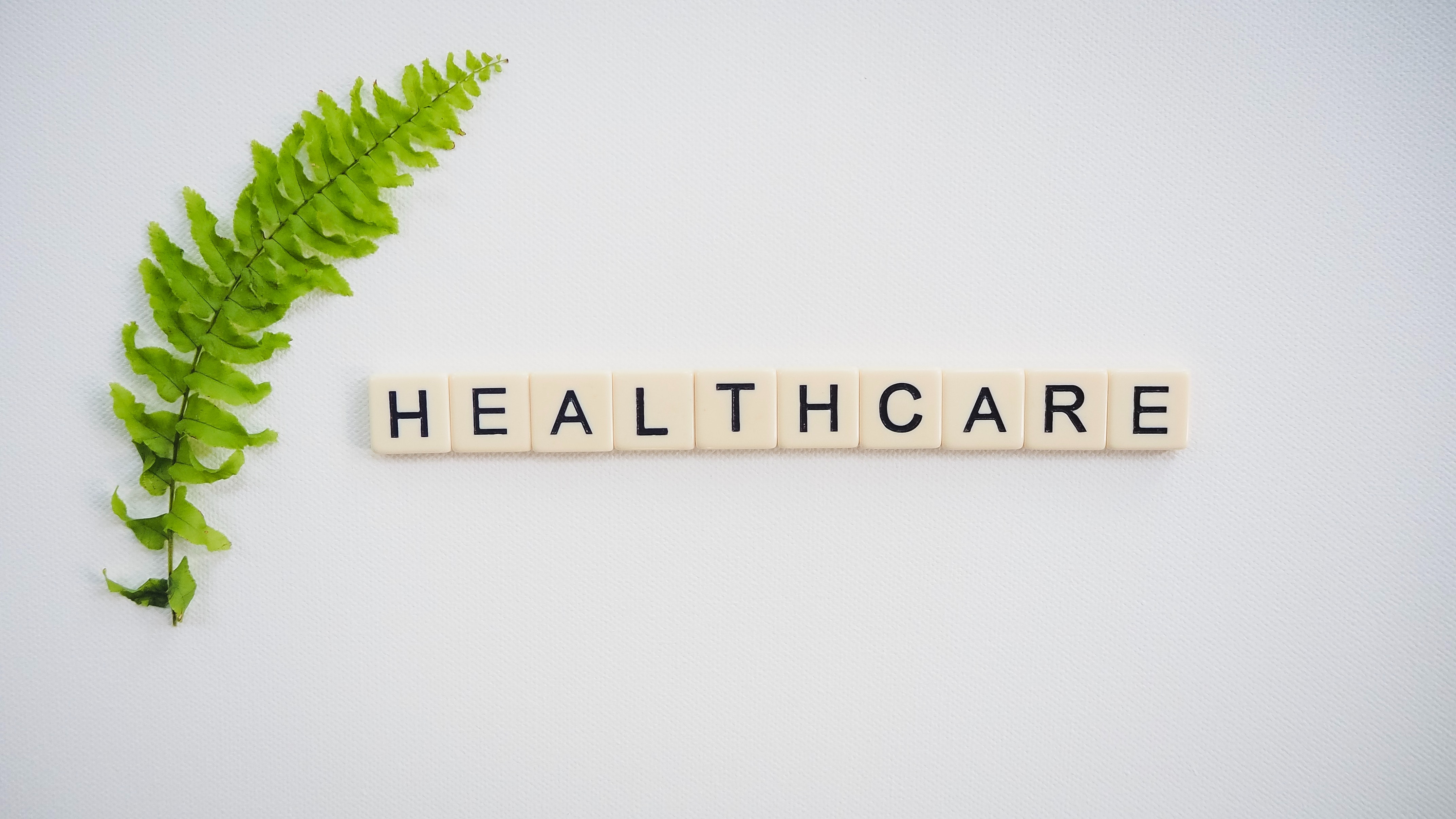Life is the most precious gift, and families spends thousands of dollars per year to preserve it. That makes healthcare ETFs less volatile and more resilient in market downturns. Hence, healthcare is one of the most preferred investments. In the S&P 500 index, healthcare stocks (13.3%) hold the second-largest weightage after information technology (28.1%).
Why Should you Invest in Healthcare ETFs in 2022?
Rising interest rates are pulling down the tech sector, and high inflation is pushing the oil and commodity sector. Amid the current market downturn, healthcare ETFs can help diversify your portfolio.
But picking healthcare stocks can be tiresome as it has many sub-sectors like pharmaceuticals, medical research, medical devices, hospitals, surgery centers, and health insurers. And each sub-segment is affected by different economic and demographic factors. For instance, the aging population is a factor for pharmaceutical and hospitals, and technology and innovation for medical devices.
Then there are some company-specific factors like the outcome of clinical trials, patents, and Food & Drug Association (FDA) approvals. Any of the three factors can bring significant swings in stock prices. For instance, Moderna stock surged 132% in 40 days when it announced success in the Covid vaccine. But many stocks also plunge on failure to acquire a patent.
Top Five Healthcare ETFs to Buy in 2022
Keeping up with the healthcare industry could be intimidating. A good way to get a share in this defensive sector is through healthcare ETFs. You can build an ETF basket that focuses on generic healthcare or specific subsectors, like medical devices.
- Vanguard Health Care ETF (VHT)
- iShares U.S. Healthcare Providers ETF (IHF)
- iShares U.S. Medical Devices ETF (IHI)
- iShares Nasdaq Biotechnology ETF (IBB)
- ARK Genomic Revolution ETF (ARKG)
I have prepared the above list in preference of risk, expense ratio, and five-year returns. Each ETF is unique in its own way.
Vanguard Health Care ETF (VHT)
- Assets Under Management: $19.4 billion
- Expense Ratio: 0.10%
My first pick is the VHT ETF, one of the most diversified, passively-managed ETFs that tracks the Spliced US IMI Health Care 25/50. It has a broad exposure across 11 different sub-sectors, with the top three being pharmaceuticals (26%), healthcare equipment (19%), and biotechnology (17%).
There are two more ETFs similar to VHT, Health Care Select Sector SPDR Fund (XLV) and the Fidelity MSCI Health Care Index ETF (FHLC). All three have their top 10 holdings in the same companies, with Johnson & Johnson, UnitedHealth Group, and Pfizer being the top three. But I pick VHT for its exposure to 441 shares at a 0.10% expense ratio, as against XLV’s 65 holdings and FHLC’s 476 holdings.
VHT has more than 45% of its assets in the top 10 large-cap healthcare stocks. This makes it less risky and expensive than the other four ETFs in my list. The VHT ETF underperformed the S&P 500 index in the last 12 months but outperformed year-to-date: VHT fell 7.6% as against S&P 500 index, which fell 10.3%, making it a buy in the current downturn.
However, the outlook is bright. The global pharmaceutical manufacturing market is expected to grow at a CAGR of 12.8% from during 2021-2030. VHT has high exposure to four of the top 10 pharma companies.
iShares U.S. Healthcare Providers ETF (IHF)
- Assets Under Management: $1.5 billion
- Expense Ratio: 0.42%
My next pick is the IHT ETF which focuses its investment on US-based health insurance, diagnostics, and specialized treatment providers. Its focussed investment makes it a less diversified ETF with 71 holdings. Within this, 75% of its assets is in the top 10 stocks, with 24% in UnitedHealth Group and 14% in CVS Health. It has lower risk as it invests in healthcare providers that enjoy regular cash flows, unlike treatment companies that depend on the success of clinical trials.
The IHF ETF’s five-year average return of 17.5% beats VHT’s return of ~13%. Still, IHF is second on my list because of its 0.42% expense ratio. However, it is a reasonable charge for a market-weighted ETF that tracks the Dow Jones U.S. Select Healthcare Providers Index. It invests in growth and value stocks across all market caps, with higher exposure to large caps.
iShares U.S. Medical Devices ETF (IHI)
- Assets Under Management: $6.9 billion
- Expense Ratio: 0.41%
The next is the IHI ETF which focuses on the medical device sub-sector that blends the growth of technology and the resilience of medicine. It has exposure to basic glucose monitoring devices, IV tubes, and exam gloves that generate high turnover. And it also has exposure to high-tech robotics-assisted surgery technology and heart valves that command high profits.
The IHI ETF has invested 71% of its portfolio in the top 10 holdings, with its highest holding of 16.6% in Thermo Fisher Scientific. This is a less diversified portfolio, with total of 67 holdings. However, it outperformed the above two ETFs, with a five-year average annual return of 19.6%.
The ETF has a bright outlook as the U.S. medical device manufacturers market is expected to grow at a 5% CAGR between 2021 and 2028.
iShares Nasdaq Biotechnology ETF (IBB)
- Assets Under Management: $7.5 billion
- Expense Ratio: 0.46%
The first high-risk ETF in my list is the IBB ETF. The biggest risk as well as the biggest reward of healthcare is research. The development-stage biotech companies are researching next-generation cures for chronic diseases like cancer and Alzheimer’s. They are unprofitable at present and hinging on successful clinical trials and FDA approvals of reliable treatments to generate profits. It is difficult to find the one company that makes a medical breakthrough.
The IBB ETF mitigates this risk by investing in 372 such biotech and pharmaceutical companies listed on the Nasdaq. It has invested over 50% assets in top 10 holdings, with 8.65% in Amgen and 7.7% in Gilead Sciences. Amgen uses advances in human genetics to develop innovative medicines, whereas Gilead is researching the treatment of HIV/AIDS, hepatitis B, hepatitis C, and influenza.
It could take years for research to become a reliable treatment. Hence, be patient with this ETF. Its five-year returns are also lower than the market. However, it has generated 12.45% average annual returns in 10 years. It is not only high risk but also has a high expense ratio of 0.46%. If you want to invest in scientific breakthroughs, the IBB ETF is for you.
ARK Genomic Revolution ETF (ARKG)
- Assets Under Management: $2.6 billion
- Expense Ratio: 0.75%
The last on my list is the ARKG ETF which invests in companies focusing on technological and scientific innovations in genomics. If you put genomes in the Marvel Comic Universe (MCU), there probably is a super-soldier serum or radioactive spider. While MCU is fiction, ARKG is the reality that will give you exposure to the next-gen healthcare technology of bioinformatics, molecular diagnostics and stem cell research.
The ARKG is an actively managed ETF with 40-60 stocks in its portfolio. The active fund commands a high expense ratio of 0.75%. Some of its top holdings are off-beat healthcare names like remote medicine and diagnostics innovator Teladoc Health and DNA research firm Pacific Biosciences of California.
The ETF’s short-term returns are in deep red. But there was a growth patch when it surged over 300% between March 2020 and February 2021. This is a good time to buy this ETF and book profit in the next growth patch when one company makes a breakthrough. However, this ETF is much higher risk as many of the companies in the fund are not profitable.
Healthcare ETFs: Final Thoughts
The above five ETFs will give you a good mix of the present and future of the healthcare sector. But you have to invest in them for at least five years to get market-beat returns. However, if you are looking for resilience, the VHT and IHF ETFs may be the better choice.
Disclosure: The author holds no position mentioned in this article. Freedom Stocks has a disclosure policy.









